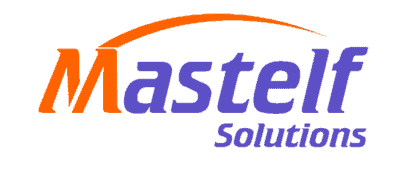Analytical gas chromatography is a technique for separating the volatile components in a sample, typically an organic substance. The sample is vaporized and injected into an “inert” carrier gas which carries it to the detector where its identity can be determined by comparing it with known standards. This technique has found widespread use in industry as well as in environmental monitoring because of its ability to identify small quantities of contaminants that other techniques cannot detect.
In analytical gas chromatography, there are three major steps: separation, identification, and quantification.
In most cases, the samples are gaseous hydrocarbons that have been extracted from a solid or liquid matrix using chemical solvents or thermal desorption processes such as pyrolysis or steam distillation. The sample is then injected into the carrier gas stream that carries it to the column. Any compounds with different boiling points exit the column at different times, known as the retention time, and are detected using suitable detectors.
The most common use of analytical gas chromatography is to separate components in petroleum products such as gasoline or jet fuel so they can be individually identified and quantified for the purposes of quality control.
Analytical gas chromatography is used by environmental scientists to identify and measure toxic compounds in air, water and soil samples as well as those present in manufactured products such as coatings, dyes and plastics.
Other applications include drug testing (e.g., workplace drug screens); medical diagnosis; breath analysis to detect the possible use of alcohol or other chemical substances, and food analysis to detect the presence of additives. The technique is also widely used in forensics to identify unknown samples such as bloodstains, paint chips and fire debris.











